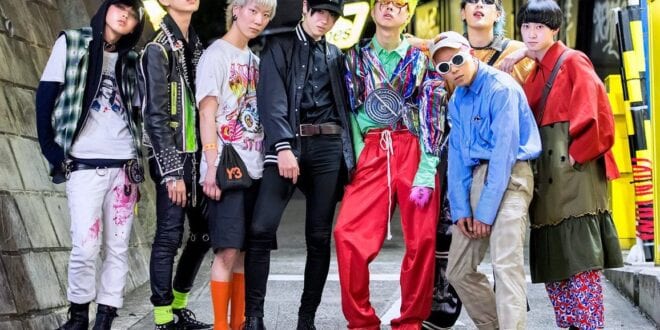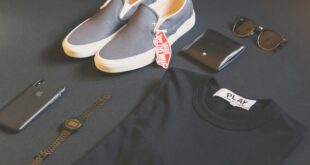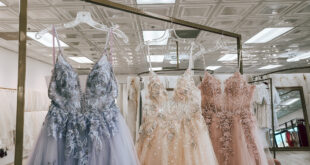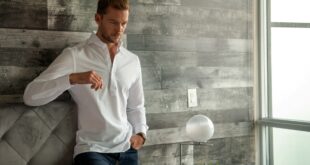Japanese streetwear fashion is a trendy fashion style that began making waves in the global fashion industry recently. It is a combination of international and locally sourced wear, from the latest fashion trends. The Japanese streetwear style is distinct and unique. The styles range from modern simple looks to flashy, corporate, and even dinner event fashion.
Streetwear fashion became famous in Japan, between the late 1980s and early 1990s. It is inspired by many different ideas, including famous Japanese cartoons or anime, celebrities, hip-hop styles, and Goth fashion. These unique but beautiful inspirational ideas give rise to their sub-categories of street fashion. This article will show you some of the best examples of famous Japanese streetwear fashion styles.
5 Modern Japanese Streetwear Fashion Styles
Japanese streetwear fashion is usually classified under certain categories. These styles are aptly named for what they represent. Some of the best categories are listed below :
1. The Lolita
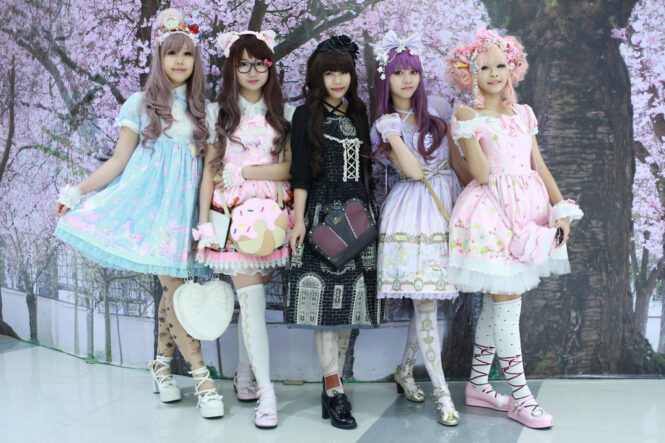
In Japanese, the term Loli is fondly used to refer to female anime characters with childlike features. A Loli might not be a female child even when her appearance portrays her as such. Lolita streetwear fashion is a style that highlights the prominent Loli features by portraying childlike attires like, frill dresses and stockings, pigtails, and other characteristic features of a ” Loli “. Lolita fashion also likes to showcase attires from 19th century Britain. This clothing gives three main significant looks.
There is the prim and proper look which portrays the model as a cute doll-like character, the gothic look, which is bolder and inspires an emo appearance, and the gentle lady look which portrays an air of sophistication and class while retaining childlike qualities. You should go for the gentle lady look when you want to feel like a princess.
This style is largely made up of proper dresses, high stockings, bloomers, hats, wigs, and other attire consistent with 19th century England at the time of Queen Victoria’s reign.
2. The Kogal
The kogal fashion style is consistent with school girls dressed in uniforms with miniskirts, stockings, and other accessories that bring out the qualities of the uniforms. In Kogal fashion, school girls wear miniskirts and stockings, which can be paired with heeled shoes, cardigans, blazers, pashminas, and other accessories that are prominent with the school girls portrayed in anime. The hairstyles associated with it range from colored hair to ponytails, pigtails, braids, and other ‘cute schoolgirl’ styles.
3. The Gyaru
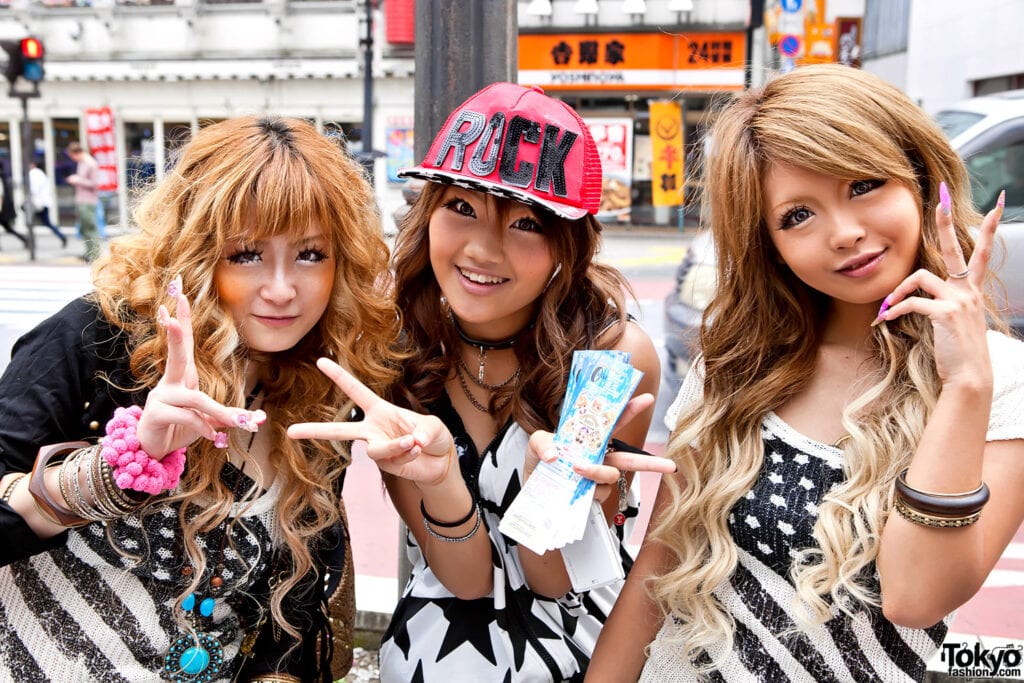
Gyaru fashion is another type of Japanese street fashion that resembles the 1990’s American looks. It consists of obvious and brightly colored hair (we’re talking neon pink, loud blue, and colors like that) that is accompanied by long, exaggerated nails and loud, startling makeup. Gyaru is the popular Japanese slang for ” gal “.
Gyaru fashion is accessorized with bunny ears, loud, big earrings, glitter clothing, etc. It seeks to portray a dramatic rendition of the Western world from the 1990s.
4. The Kodona
Kodona can be described as the male equivalent of Lolita fashion. It is characterized by Victorian-era male attire. In Kodona style fashion attires like suspenders, breeches, pointed shoes, lace cuffs and poofy-sleeves are common with this style of fashion. Top hats, pocket-watches, even riding crops can be considered as great accessories in Kodona.
5. The Decora
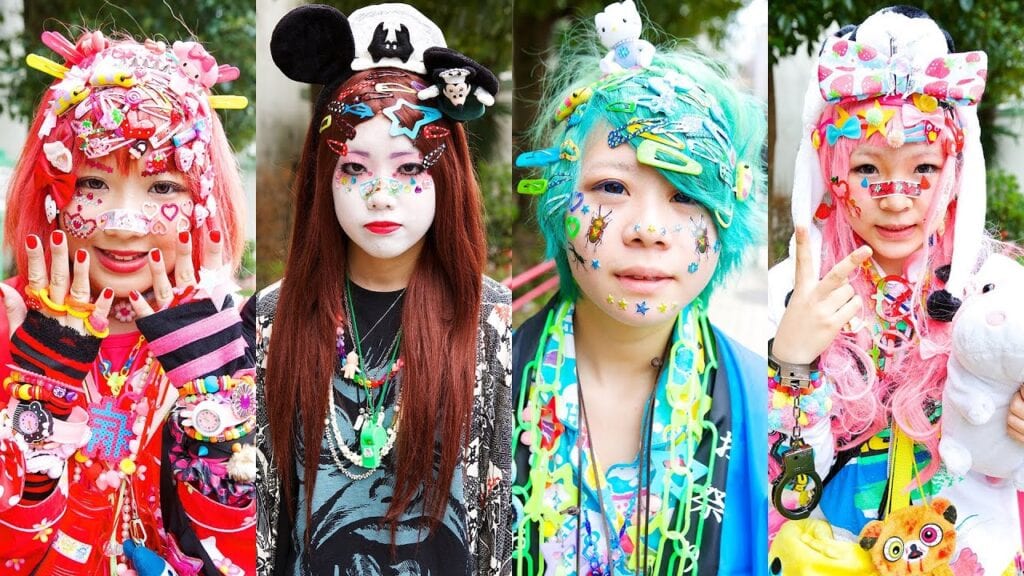
This style involves accessorizing your appearance in such a way that the plain bangs or bob hairstyles done are covered by your chosen accessories. In Decora, tutus and hoodies can be paired together. The style is usually elevated based on the pattern of color. Decora make-up is usually natural and not sharp or distinct.
It is based on the late 1800s to early 1900’s fashion styles and statements. Decora styles can also be associated with plain colored T-shirts and sweatshirts. The most distinct features of this style are the hair and accessories.
4 Unpopular Japanese Streetwear ‘Kei’ Designs
Apart from the usual styles associated with Japanese streetwear. Kei (which is the Japanese word for style) has various aspects which cover many designs. Five major styles are popular in street fashion. However Japanese street fashion is not limited to those. Here are some other great styles in Japanese street fashion culture that you can try. Some of them are listed below :
1. The Mori-Kei
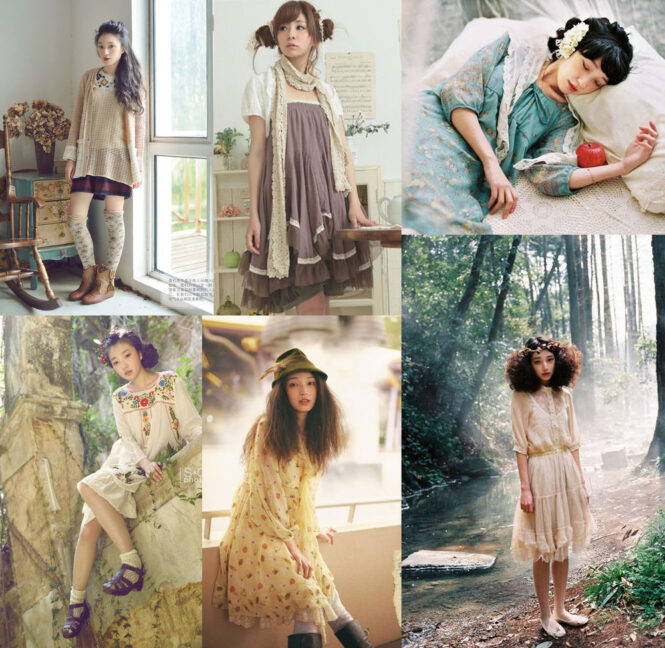
This fashion style is inspired by woodlands and jungles. It is made to appear as though the wearer is coming from a forest. The colors are typically associated with nature. Colors like green, brown, sky blue, etc. It gives the impression of someone coming from the woods. Clothes typical to this style, include dresses from the late 1900s, lumberjack attires, and the likes. To further highlight the style, accessories like flowers, baskets, fruit, and other things that inspire thoughts about the woods are paired with the clothing.
2. The Harajuku
Harajuku style is a combination of all the primary streetwear styles that are from Japan. Although harajuku consists of a mix of styles, it also infuses Japanese cultural attire like Kimonos into its style. Typically, in Harajuku you have the black Gothic attire paired with loud neon accessories or colorful combos. Wooden sandals, costumes, and loud make-up can also be found in this style.
3. The Genderless Kei
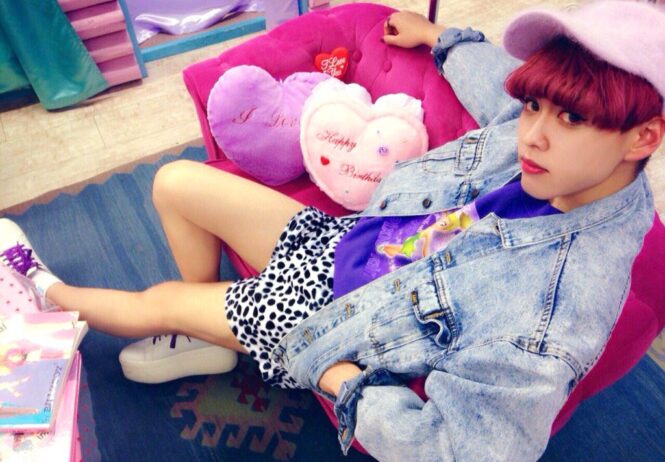
This is one of the more recent styles of Japanese streetwear. It was created in the 21st Century, between 2008-2011. Genderless Kei is a style that is asexual. It does not subscribe to the normal societal definitions of gender and so in this style of street fashion clothing normally relating to a specific gender can be worn by the opposite one.
4. The Pastel Kei
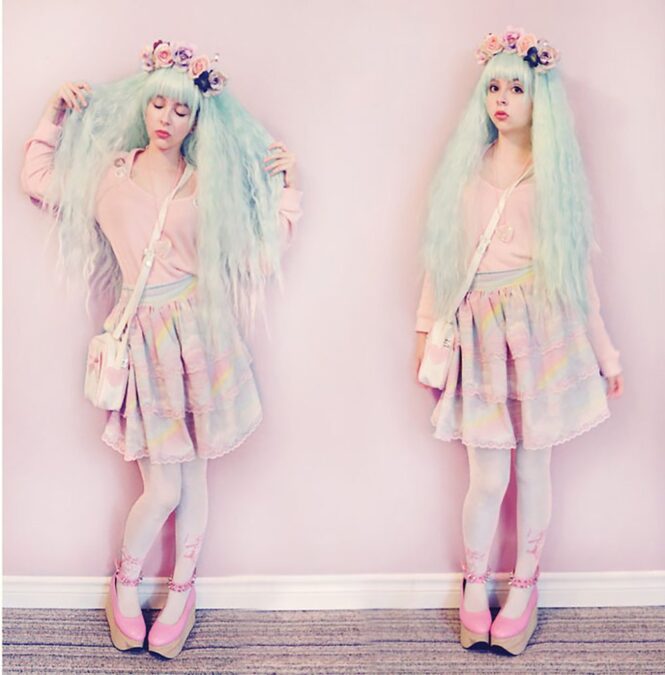
This aspect of Japanese street culture deals with low saturation colors. The colors in this category are bright and sharp. Examples are pink, blue, yellow, etc. This fashion style involves hair dye, flashy clothing, bright accessories, and a celebration of all bright distinct colors.
Bottomline
Japanese street fashion culture is beautiful, distinct, and well-rounded. The mix of clothing options from different times of history brings out unique styles and attributes. It also provides a means to combine the works of local designers with famous brands to create amazing and yet distinct fashion combinations. You can start buying Japanese clothes from this shop.
 Imagup General Magazine 2024
Imagup General Magazine 2024
